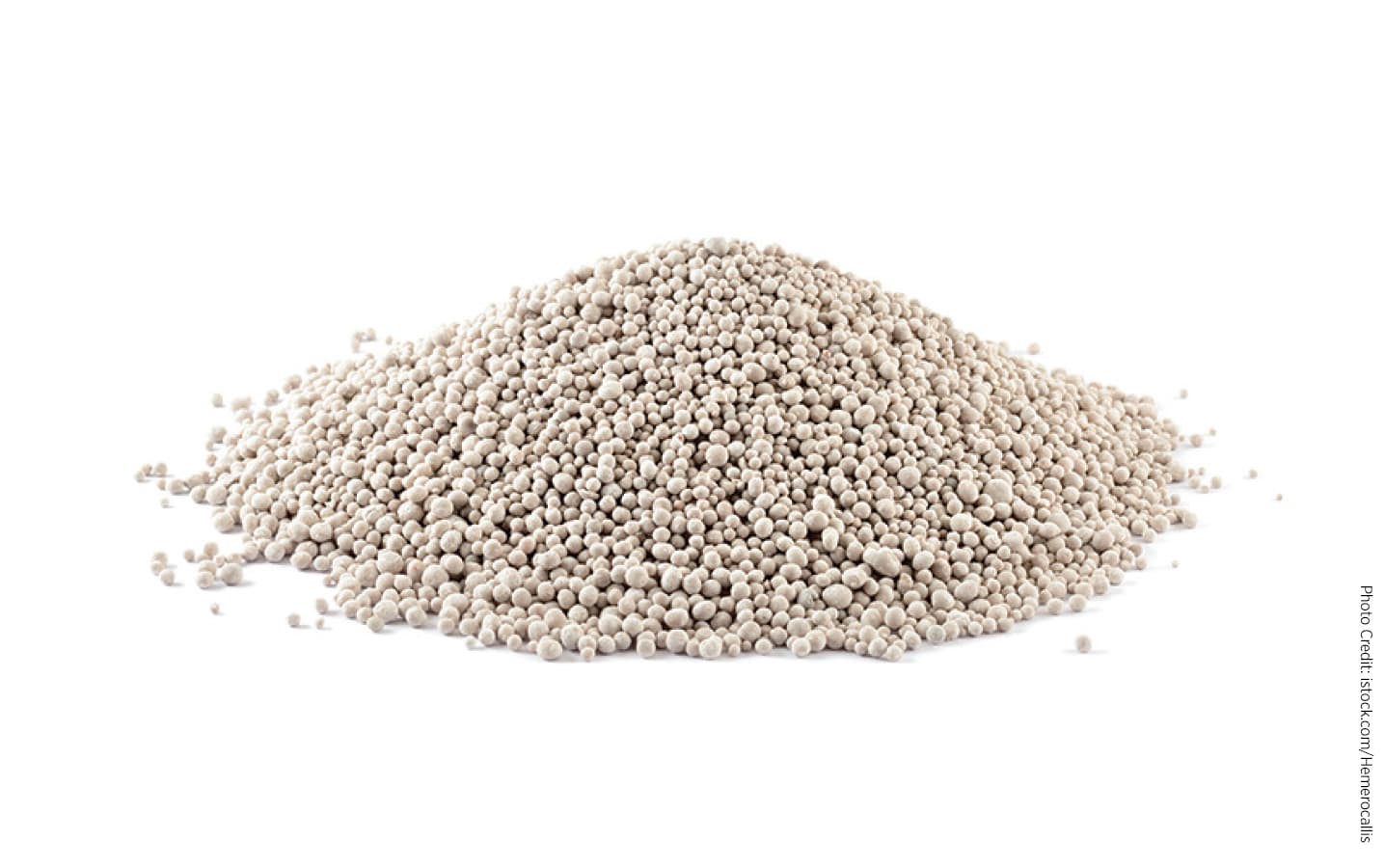Maximize Water and Nutrient Use Efficiency
Michele Konschuh and Dilumi Liyanage, researchers at the University of Lethbridge, recently completed a meta-analysis of investigating factors affecting nutrient and water use efficiencies in spring canola in North America. Their report, which is based on 730 comparisons from 24 peer-reviewed publications, recognized the interesting balance between optimum nitrogen use efficiency (NUE) and nitrogen rate. While relative yields increase with increasing nitrogen rates, the rate of yield increase diminishes. That means NUE tends to be lower for each additional pound of nitrogen.
Other findings from this research to consider, which may affect post-harvest fertility considerations, include:
- When soil moisture is not available, reducing N applied can improve NUE. Split applications can also improve NUE. Spring-banded controlled-release urea or split urea applications allow producers to respond to environmental conditions during the growing season. That is, if soil moisture is available during flowering, additional N may improve yield. Note that in-crop N applications should be done before the crop needs it.
- Spring-applied urea and controlled-release urea resulted in greater NUE than fall-applied nitrogen.
- Several improvements in water use efficiency (WUE) were specific to irrigated production. In the absence of irrigation, leaving taller stubble and adjusting the timing of stubble management practices were effective strategies at improving water use efficiency. More specifically, tall stubble (30 to 45cm) reduced wind speed, soil drying and evapotranspiration, effectively increasing WUE. If stubble needed to be incorporated, spring stubble incorporation (along with nitrogen fertilizer) provided better WUE and seed yield than fall incorporation.
- Canola needs sulphur to support seed production (and resulting yield), oil content and optimum growth. Sulphate forms of sulphur fertilizer applied in the spring with adequate nitrogen and moisture improved sulphur rate efficiency. Elemental sulphur can also be effective, but since it must oxidize before the crop can take it up, it may not be available the year it is applied. Elemental sulphur should be well dispersed in fine particles to increase contact with soil microorganism, which will improve the oxidation process.
The full summary and final report of this project, titled “Main factors affecting nutrient and water use efficiencies in spring canola in North America: A review of literature and meta-analysis”, is on the Canola Research Hub at canolaresearch.ca. The Hub also has other fertility research and the Hub blog, which featured more findings from this project.
Phosphorus
Tall stubble (30 to 45cm) reduced wind speed, soil drying and evapotranspiration, effectively increasing water use efficiency (WUE). If stubble needed to be incorporated, spring stubble incorporation provided better WUE and seed yield than fall incorporation.
The Hub also links to Cynthia Grant and Don Flaten’s 4R Management of Phosphorus Fertilizer in the Northern Great Plains: A Review of the Scientific Literature report, which provides a concise, but comprehensive evaluation of phosphorous management. The related peer-reviewed article, published in the Journal of Environmental Quality, September 2019, shares that principles, technologies and management practices must be integrated with 4R practices to optimize crop yield and agronomic efficiency while minimizing negative environmental impact and conserving phosphorus resources.
Grant and Flaten suggest that, in Western Canada, “placing ammonium phosphate fertilizer in a band, in or near the seed-row at the time of seeding and at a rate that matches phosphorus removal by the crop generally provides the greatest phosphorus efficiency, long-term sustainability, and environmental protection for small grain, oilseed, and pulse crop production”.





